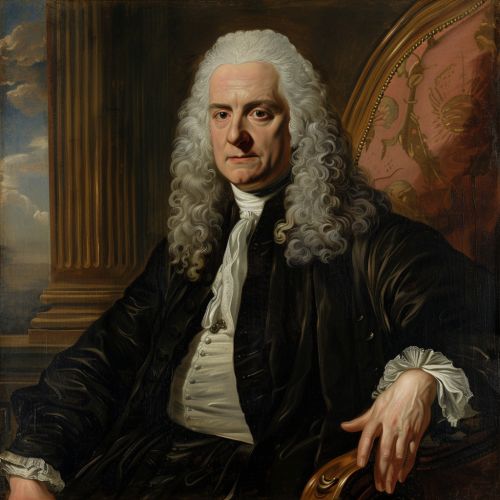Calculus in Newtonian Physics
Introduction
Calculus, a branch of mathematics, plays a pivotal role in Newtonian physics, providing the mathematical framework for analyzing change and motion. The relationship between calculus and Newtonian physics is profound, as the latter's fundamental principles are intrinsically tied to the concepts and techniques of the former.
Historical Context
Sir Isaac Newton, a 17th-century English mathematician and physicist, is widely recognized for his contributions to the development of calculus and its application to physics. His work in these fields laid the groundwork for the study of motion and the forces affecting it, culminating in the formulation of Newton's laws of motion and the law of universal gravitation.


Calculus in Newtonian Physics
Calculus is integral to Newtonian physics, providing the mathematical tools necessary to describe and predict the behavior of physical systems. This section delves into the specific ways calculus is used in Newtonian physics.
Differential Calculus
Differential calculus, one of the two main branches of calculus, deals with the concept of a derivative, which measures how a function changes as its input changes. In the context of Newtonian physics, the derivative is used to describe the rate of change of physical quantities such as velocity and acceleration.
Velocity and Speed
Velocity, a vector quantity that indicates the rate of change of an object's position with respect to time, is a fundamental concept in Newtonian physics. The velocity of an object is defined as the derivative of its position with respect to time. Similarly, speed, the magnitude of velocity, is also derived using differential calculus.
Acceleration
Acceleration, another vector quantity, is defined as the rate of change of velocity with respect to time. In other words, acceleration is the derivative of velocity. This concept is central to Newton's second law of motion, which states that the acceleration of an object is directly proportional to the net force acting on it and inversely proportional to its mass.
Integral Calculus
Integral calculus, the other main branch of calculus, involves the concept of an integral, which can be interpreted as the area under a curve. In Newtonian physics, integral calculus is used to calculate quantities that accumulate over time, such as displacement and work done.
Displacement
Displacement, a vector quantity that represents the change in position of an object, can be calculated using integral calculus. The displacement of an object is defined as the integral of its velocity with respect to time.
Work Done
Work done, a scalar quantity that represents the amount of energy transferred by a force, can also be calculated using integral calculus. The work done by a constant force is defined as the integral of the force with respect to displacement.
Applications of Calculus in Newtonian Physics
Calculus is used in a wide range of applications in Newtonian physics, from analyzing the motion of objects under the influence of forces to predicting the behavior of physical systems over time.
Motion Under Gravity
One of the most common applications of calculus in Newtonian physics is the analysis of motion under gravity. By applying the principles of differential and integral calculus, it is possible to derive equations that describe the motion of an object under the influence of gravity.
Oscillatory Motion
Calculus also plays a crucial role in the analysis of oscillatory motion, such as the motion of a pendulum or a spring-mass system. The equations governing these types of motion are differential equations, which can be solved using techniques from calculus.
Fluid Dynamics
In fluid dynamics, a field that studies the motion of fluids, calculus is used to derive the fundamental equations governing fluid flow, such as the Navier-Stokes equations. These equations are partial differential equations, a type of differential equation that involves multiple variables and their partial derivatives.
Conclusion
Calculus is deeply intertwined with Newtonian physics, providing the mathematical foundation for describing and predicting the behavior of physical systems. From the motion of planets to the flow of fluids, the principles and techniques of calculus permeate every aspect of Newtonian physics, demonstrating the power and versatility of this mathematical discipline.
